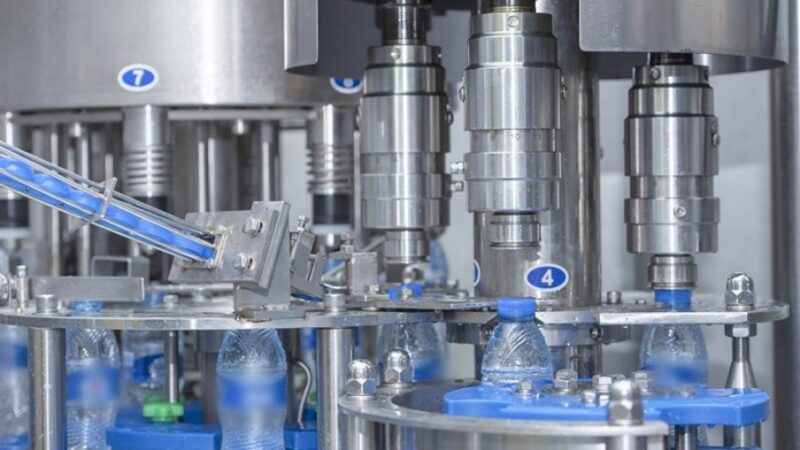HR Analytics: Predicting Employee Turnover through Data-Driven Insights

In every organisation, employee turnover is like a silent leak in a ship. The vessel may look steady, but beneath the surface, valuable talent slips away, impacting productivity and morale. HR analytics serves as the captain’s sonar—detecting early warning signals, identifying risk zones, and guiding leadership to take preventive action before it’s too late.
By combining survival analysis and classification models, businesses can now forecast who might leave, why, and when—transforming guesswork into strategy.
Understanding the Value of Predictive HR Analytics
Employee turnover is one of the most expensive and disruptive challenges for organisations. Traditional HR practices often rely on surveys, exit interviews, and intuition. However, these methods are retrospective—they only explain what went wrong after the fact.
Predictive analytics, on the other hand, provides foresight. By using mathematical models and machine learning algorithms, HR professionals can detect turnover risks early. Factors such as employee engagement scores, tenure, manager performance, and workload metrics are analysed to forecast potential departures.
For professionals who want to explore these analytical capabilities, enrolling in a business analysis course in Bangalore can provide hands-on exposure to HR datasets, predictive modelling, and interpretation of business insights.
Survival Analysis: Estimating Employee Tenure
Imagine each employee’s journey as a race track—some finish strong, others exit early. Survival analysis, commonly used in healthcare to predict patient outcomes, applies similar logic to employee retention.
This statistical technique estimates the probability of an employee staying within the company over time. It identifies key variables—like promotions, recognition frequency, and salary growth—that significantly affect retention.
For instance, Kaplan-Meier estimators or Cox proportional hazards models can highlight how specific HR policies impact survival rates. Companies can then implement data-backed retention strategies, such as career growth programs or recognition incentives, to keep their top performers engaged.
Classification Models: Turning Patterns into Predictions
While survival analysis estimates when an employee might leave, classification models predict who is likely to leave. Techniques like logistic regression, random forests, and gradient boosting are trained on historical data to identify turnover patterns.
A classification model might, for example, assign a “churn probability score” to each employee. HR leaders can then proactively engage high-risk individuals—offering mentoring, better project alignment, or flexible work options.
Such insights help shift HR from a reactive to a predictive discipline. The result is a more stable workforce and reduced recruitment costs, leading to healthier organisational growth.
Data Integration and Model Validation
To achieve accurate predictions, clean and comprehensive data is crucial. Integrating HR data with performance metrics, attendance logs, and employee feedback platforms allows for a 360-degree analysis.
Model validation ensures reliability. Techniques such as cross-validation and confusion matrices evaluate whether the predictive models generalise well across different employee groups. A reliable model not only predicts turnover but also explains the reasons behind it, enabling strategic action.
Upskilling in analytics tools such as Python, Power BI, or SQL through a business analysis course in Bangalore can equip professionals to handle these real-world HR modelling challenges effectively.
Ethical Considerations in Employee Analytics
Predictive HR analytics is powerful—but with power comes responsibility. Transparency and fairness are essential when dealing with employee data. Organisations must ensure that their models do not discriminate based on gender, age, or other personal attributes.
Moreover, ethical analytics demands clarity—employees should understand how their data is being used and for what purpose. Responsible implementation builds trust and fosters a culture of collaboration, rather than suspicion.
Conclusion
Employee turnover prediction is no longer a guessing game—it’s a data-driven discipline that combines human insight with mathematical precision. By applying survival analysis and classification models, businesses can identify at-risk employees, understand underlying causes, and craft targeted interventions.
In an age where talent defines success, HR analytics serves as the compass guiding organisations through uncertainty. Professionals who master these techniques not only enhance business outcomes but also contribute to a more humane, data-informed workplace.







